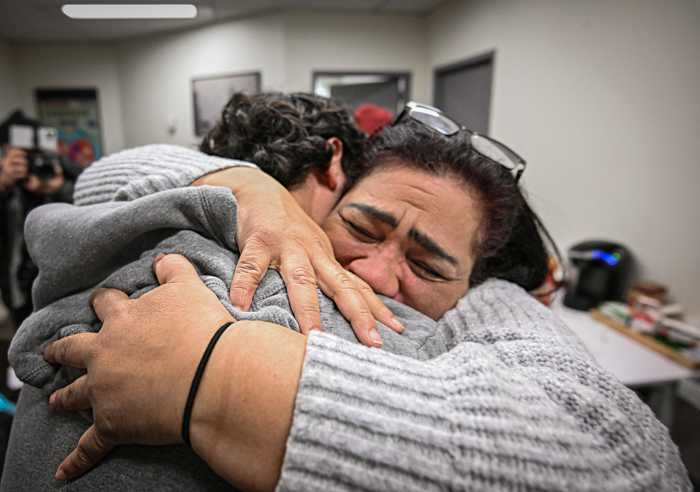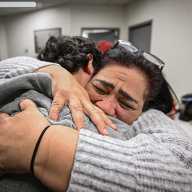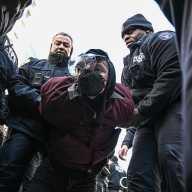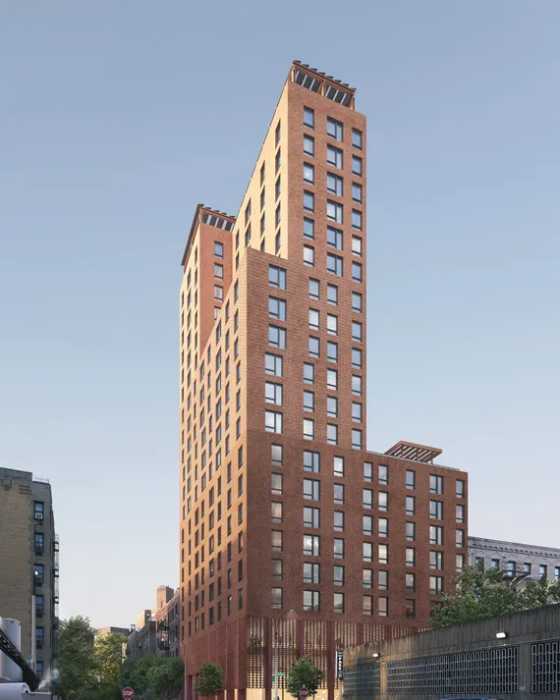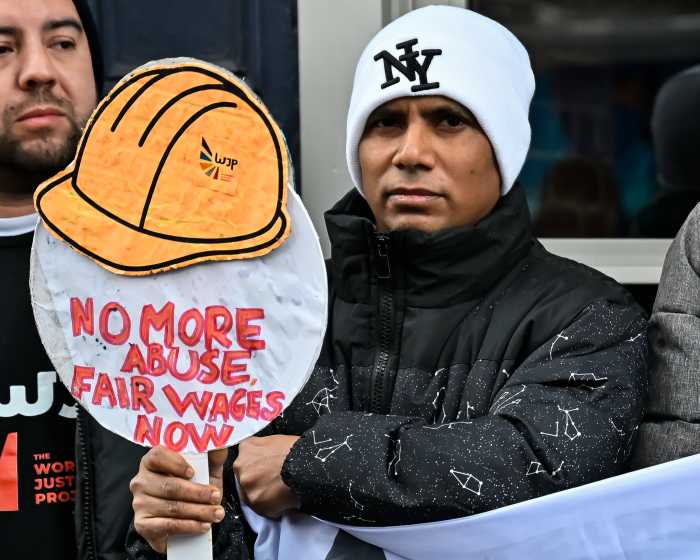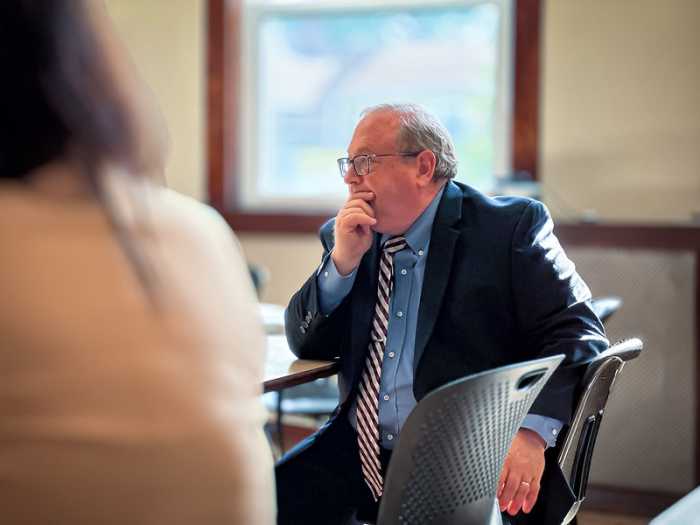Gun violence is on the rise in the city with 23 people shot over the weekend and a 10% spike in shootings overall this year, but several experts said there’s no easy way to stem the tide. Lax policing or economic woes may be to blame, they said, but there simply isn’t a catchall answer.
“[Shootings] just keep on going up and up and up,” said Joseph Giacalone, a retired NYPD sergeant who teaches at John Jay College of Criminal Justice. “It’s no longer a blip. It’s a trend now.”
Other violent crimes, like homicides and robberies, have gone down this year, but there were 730 shootings in 2014, as of Sunday — a 10.3% increase from this time last year, according to NYPD stats.
There were 862 victims of gun violence this year. Less than 13% were fatal, according to police statistics.
After nearly eight months in office — which has included several high-profile allegations of police misconduct — Commissioner Bill Bratton and Mayor Bill de Blasio have been regularly pressured to defend the Broken Windows-style of policing Bratton employs, which targets quality of life crimes.
“[Commissioner Bratton] has stated many times that over the past years there have been “spikes” in shootings from time to time,” said Stephen Davis, the Deputy Commissioner of Public Information, in an email. “No clear factors have been identified to definitively establish any reasons for these variations.”
Some of the most violent areas are clustered around parts of Brooklyn and the Bronx, according to police statistics. In Brooklyn’s 73rd Precinct, which includes parts of Brownsville, there were 56 victims of gun violence this year, an increase of more than 47%, as of Aug. 10.
In the 47th Precinct in the Bronx, which includes Edenwald, Wakefield and Baychester, there were 40 shooting victims, an increase of more than 53% from the same time period last year.
“I think, quite frankly, there are those that carry illegal handguns in our communities [and] now feel some confidence to do so because their risk of being stopped is minimized,” said Tony Herbert, a Brooklyn community advocate and president of the Brooklyn East chapter of the National Action Network. “Seniors are scared to sit out and enjoy a summer day. Families have to be concerned about young people playing on the playground.”
Herbert said he does not blame police, that they are patrolling as much as they can. But Giacalone said police feel a lack of support from both politicians and the public — and are more likely to look the other way than risk a lawsuit as a result.
“It looks like the police have been neutered,” Giacalone said. “You kind of take the wind out of their sail. Now it seems like we’re reverting back to the bad old days.
“It’s going to take a generation to fix this,” he added. “This is nothing that you can fix overnight.”
A correlation may exist between the end of stop and frisk and the uptick in shootings, Giacalone said, but it is too “weak” to blame altogether.
Morale, he said, is “lower than I’ve seen it in a long time.”
On Saturday, nine people shot in five incidents, police said. On Sunday 14 people were shot, including two fatally in Hamilton Heights, in eight shootings.
At an unrelated news conference Monday, Mayor de Blasio said he doesn’t take “additional shootings lightly,” but stressed the decrease in overall crime.
He said he will continue to support the NYPD’s approach of shifting officers to troubled areas.
“But whenever we see any uptick in shooting we apply additional resources quickly,” de Blasio said. “Even one additional shooting is one too many.”
The shootings are troubling but a police response is not the answer, said Alex Vitale, a professor of sociology at Brooklyn College.
“The reality is policing is rarely able to get directly at the reason why these young people are turning to guns to solve their problems,” Vitale said. “I think we have to ask more young people in these tightly clustered areas where these shootings are going up. It’s not a panacea but, for me, it’s a much more promising and data-driven approach than just throwing a bunch of cops at the problem.”
It may be too soon to tell, cautions Wayne Fisher, a Rutgers University professor with the Police Institute there.
“Yes it’s a cause for concern, but in and of itself it does not signal [the need for] any major change,” he said. “When police officials look at shooting data over time they’re very careful to dig deeper into the data than just the number of shootings.”
There are so many different types of shootings, he said, it is important to figure out where the increase is coming from before treating the problem.
“I think the approach is let’s drill down into these numbers as deeply as we can. Lets try to get a handle of what’s behind this increase,” he said. “It says that there are circumstances that bear further scrutiny, but that’s about all you can tell right now.”
(with Jordan G. Teicher and Emily Ngo)






